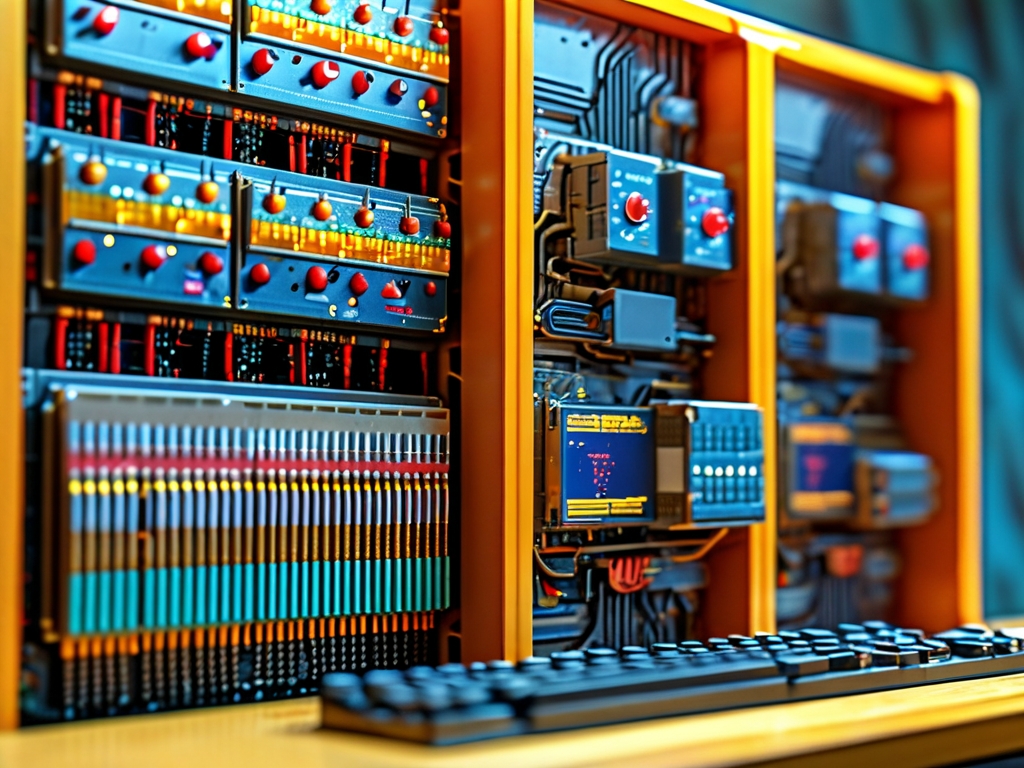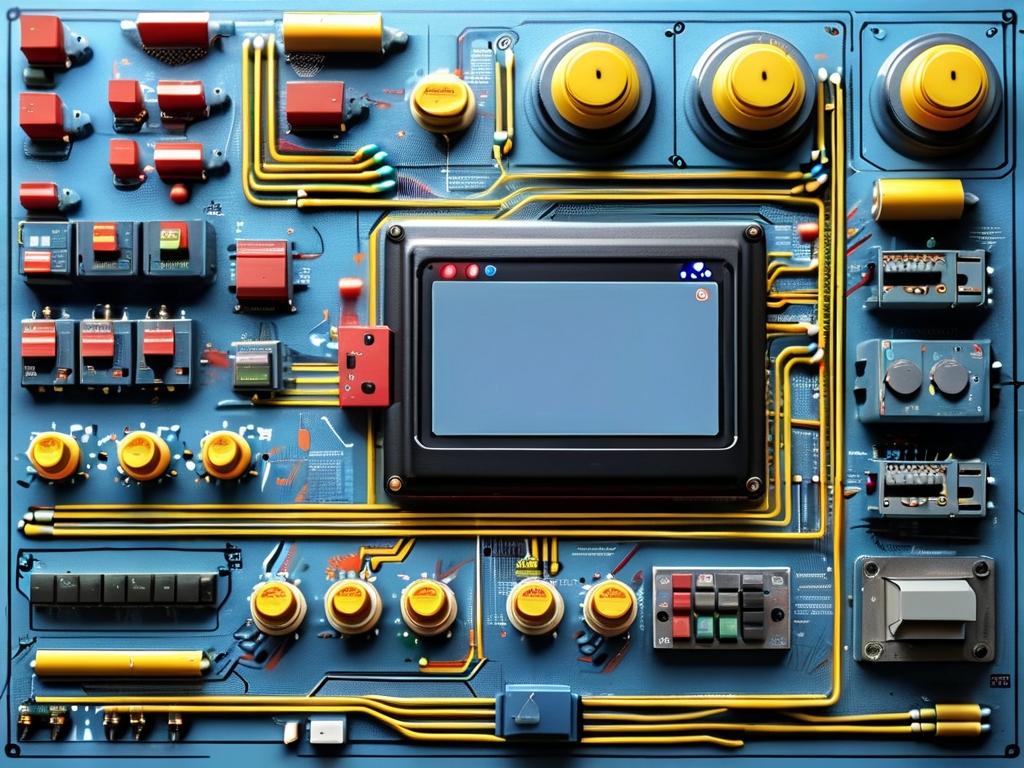Programmable Logic Controllers (PLCs) are the backbone of modern industrial automation, enabling precise control over machinery and processes. A critical aspect of PLC functionality lies in the algorithms they execute to achieve tasks like process regulation, data analysis, and system optimization. This article explores the most widely used algorithms in PLC programming, their applications, and how they contribute to efficient automation systems.
1. PID Control Algorithm
The Proportional-Integral-Derivative (PID) algorithm is a cornerstone of industrial control systems. It adjusts outputs based on real-time feedback to minimize errors between desired and actual values. For example, in temperature control for a chemical reactor, the PID algorithm calculates adjustments to heating elements by analyzing the difference between the target temperature and current readings. PLCs implement PID loops using specialized function blocks, often fine-tuned for parameters like gain and integral time. Its simplicity and adaptability make PID a go-to solution for processes requiring steady-state accuracy.
2. Boolean Logic and Ladder Logic
Boolean logic forms the foundation of PLC decision-making. Using AND, OR, NOT, and XOR operations, PLCs execute binary decisions to control devices like motors or valves. This logic is visually represented as ladder logic in programming environments, resembling electrical relay circuits. For instance, a conveyor belt system might use ladder logic to activate only when both a "start" button is pressed (AND) and a safety sensor detects no obstruction (NOT). Its intuitive design makes it ideal for discrete control tasks.
3. Sequential Function Charts (SFC)
SFCs manage complex multi-step processes by breaking them into states or phases. Each state transitions to the next based on predefined conditions. A bottling assembly line, for example, might use SFCs to sequence filling, capping, and labeling operations. This algorithm excels in scenarios requiring strict order-of-operations, such as batch processing or robotic welding.
4. Motion Control Algorithms
PLCs integrated with servos or stepper motors rely on motion control algorithms like trapezoidal velocity profiling or pulse-width modulation (PWM). These algorithms calculate acceleration, deceleration, and position trajectories. In CNC machines, PLCs use these calculations to ensure tools follow precise paths. Advanced versions incorporate jerk limiting to reduce mechanical stress.
5. Mathematical and Filtering Algorithms
PLCs frequently execute arithmetic operations (e.g., scaling sensor data) and statistical calculations (e.g., averaging pH levels in wastewater treatment). Digital filters, such as moving average or low-pass filters, smooth noisy sensor inputs. A PLC monitoring hydraulic pressure might apply a median filter to discard outliers before triggering alarms.
6. Communication Protocols and Data Handling
Algorithms for Modbus, Profibus, or Ethernet/IP enable PLCs to exchange data with HMIs, sensors, and other controllers. Cyclic redundancy checks (CRC) ensure data integrity during transmission. In smart factories, PLCs use these protocols to aggregate production data for cloud-based analytics.
7. Fault Detection and Diagnostics
Algorithms like watchdog timers or pattern recognition identify system anomalies. A PLC might flag a motor failure if current draw exceeds thresholds or if a timing sequence stalls. Machine learning-based predictive maintenance, though less common, is emerging in advanced PLC systems.

8. Custom State Machines
For bespoke applications, engineers design finite state machines (FSMs) tailored to specific workflows. A packaging machine’s PLC could use an FSM to manage idle, loading, sealing, and ejection states, with transitions governed by sensor inputs.
Challenges and Best Practices
While these algorithms are powerful, improper implementation can lead to oscillations (in PID systems) or race conditions (in logic sequences). Techniques like rate limiting and debouncing inputs mitigate such risks. Modular programming—encapsulating algorithms into reusable function blocks—enhances maintainability.

Future Trends
Edge computing and AI are pushing PLCs toward adaptive algorithms. Self-tuning PID controllers and neural networks for quality prediction are gaining traction, though traditional algorithms remain dominant due to their reliability.
In , PLC algorithms bridge hardware and operational goals, combining time-tested methods with evolving innovations. Understanding these tools empowers engineers to design robust, responsive automation systems across industries.

